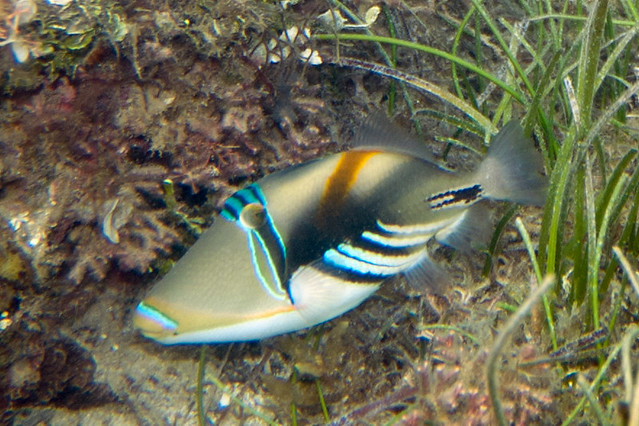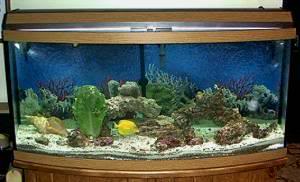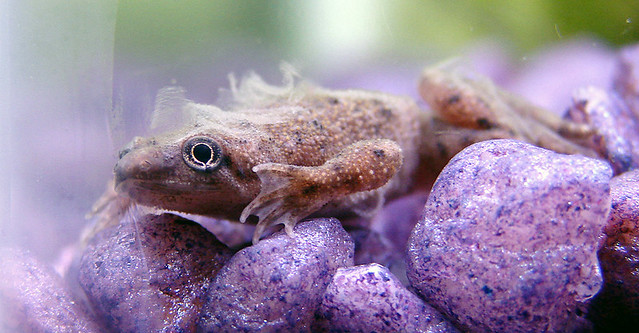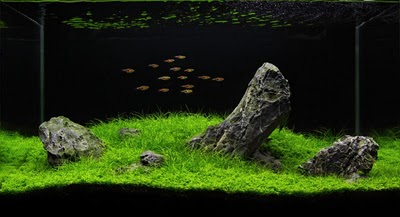 |
| Kuhli loach, Pangio kuhli (Photo credit: Wikipedia) |
Kuhli loaches have elongated eel-like, scale-less bodies. They commonly have alternating light and dark color bands circling the length of their bodies. The combination of shape and color bands make them resemble a snake more than a fish. They slither along the bottom of an aquarium much like a snake or an eel would. They are definitely one of the more interesting additions you can make to your aquarium.
The Kuhli loach is a bottom dwelling scavenger fish. Scavenger fish can always be distinguished from other fish by their downward facing mouth with the protruding barbles on either side. Barbles are a tentacle-like organ that contains taste buds. They serve the dual purpose of helping the scavenger find food and to help him feel his way along the bottom of a riverbed in murky water or at night.
Kuhli loaches are nocturnal. They scavenge at night and spend most of their day hiding under plants and rocks. They are also borrowers. They often burrow into the substrate to hide or rest. Sand works best if you are planning on raising kuhli loaches. You definitely want rounded gravel if sand for some reason is not an option. Sharp edges can damage their barbels. If you use a gravel siphon to help keep your tank clean remember that kuhli are burrowers. Take a head count. You don't want to injure one.
Kuhli loaches, like all bottom dwellers, make a wise addition to a community tank. Scavengers are mild mannered. And they help keep uneaten food particles from creating harmful bacteriological build up in the water. Kuhlis take readily to heavily planted tanks and have an affinity toward aquarium decorations with openings. They seem to take comfort in knowing there is a cave to retreat to. It also makes a great place for them to hang out in during the day.
Kuhlis are highly social creatures. They like to congregate with members of their own species. Purchasing a single Kuhli for your tank would not only be an injustice to the animal, it would also deprive you as an aquarium owner the pleasure of watching them function as a group.
Kuhlis are rather tolerant of their surrounding. They prefer slightly acidic water (pH 6.7-7.0) with a temperature range between 75-86°F. Kuhlis grow to 3-4 inches as adults and can live up to 10 years. Females have fuller bodies than the males.
Kuhlis are omnivores. They should be fed at night with the aquarium lights off. Sinking wafers or heavier food matter will ensure they get plenty to eat.
The Kuhli is egg layers. But they rarely take spawning in captivity. No one seems to know what conditions are most likely to induce a kuhli to spawn. Having a group of kuhli with an abundance of hiding places tends to help them feel comfortable enough with their surroundings to reproduce. Kuhli loaches have been reported to breed underneath under gravel filters.
The latest trend among Saltwater Tank enthusiasts is raising pet jellyfish. Jellyfish need specially designed Jellyfish Fish Tank Aquariums. Jellyfish tanks are easier to maintain than traditional saltwater setups. Moon Jellies are the most popular jellyfish among home aquarists both for their exotic beauty and their ease of care. They have become so popular that two US-based websites are now tank raising them to meet the growing demand. Pet Moon Jellyfish look absolutely incredible under a fading LED lighting system.
Article Source: EzineArticles |







